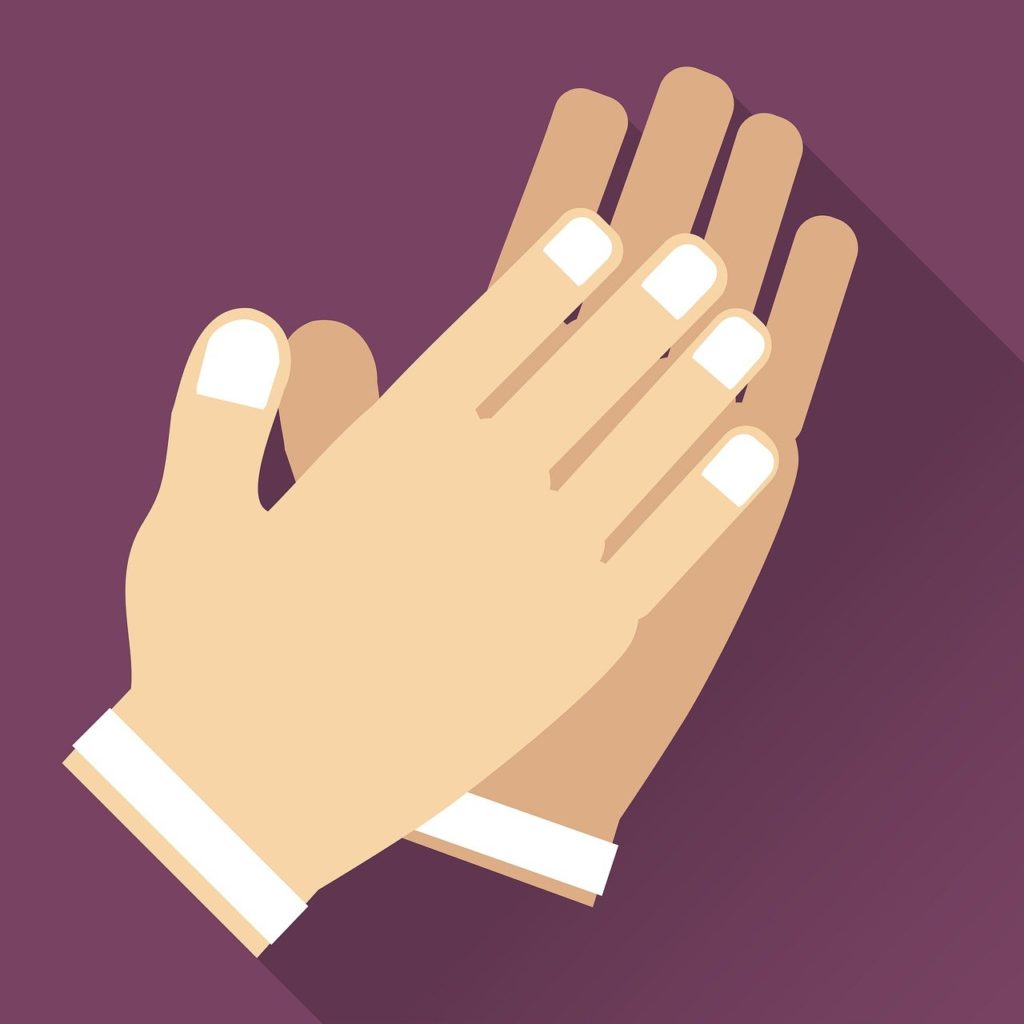In 4/4 time, we have four beats per bar and the quarter note has one beat. This means that you have four quarter notes per measure. However, when we add eighth notes, we will instead have eight notes per measure. (Thus, why we call them quarter and eighth notes, though the names only work in 4/4.)
Each quarter note gets a counting number (1 2 3 4), thus showing the order of the beats in the bar. However, eighth notes double the number of notes. This means we need a way to count the extra notes in each measure. We do this by adding “+” signs above the notes that are off of the beat.
We call the “+” sign an “and.” Traditionally, you count each number and “and” in sequence while clapping the rhythm. You use the shape of the note to determine how long to hold it. Also traditionally, many students struggle mightily with this system of counting.
In Color Coded Eighth Note Clapping, I’ve color coded the counting numbers (including the “ands”) to help students better perform the rhythm.
This is how it works:
- Red = clap
- Blue = don’t clap


